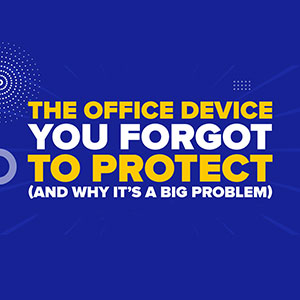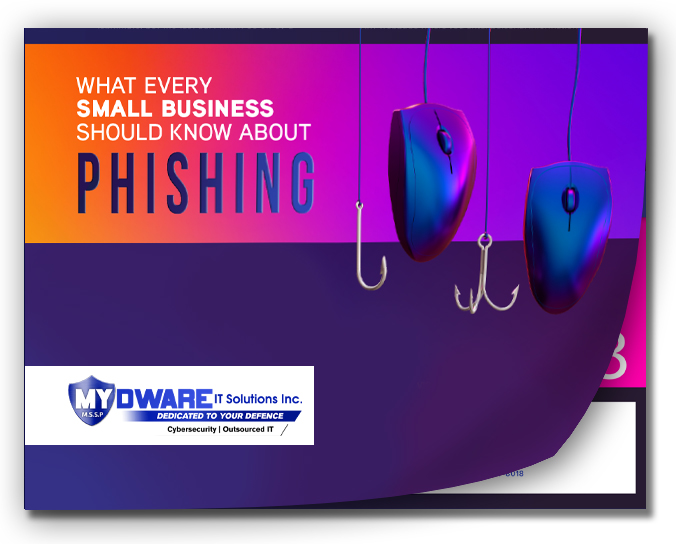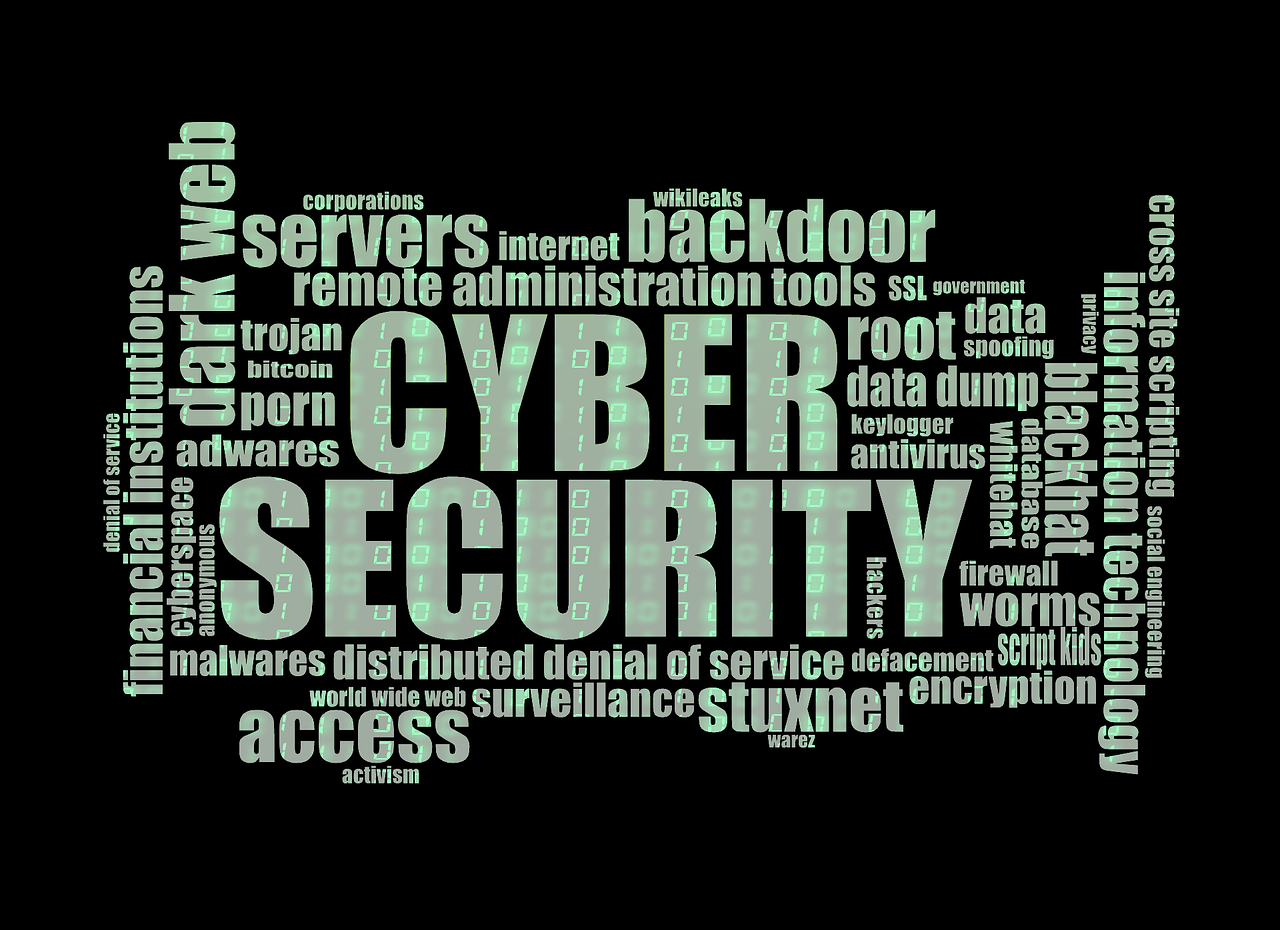 If you're thinking about cyber threats in your office, you're probably picturing phishing emails, malware, or weak passwords—not that printer beside the coffee machine. But your office printer might be the easiest way for hackers to slip into your network.
If you're thinking about cyber threats in your office, you're probably picturing phishing emails, malware, or weak passwords—not that printer beside the coffee machine. But your office printer might be the easiest way for hackers to slip into your network.
Most business owners in the GTA and Simcoe County don't realize how much sensitive data a printer handles—until it's too late. If you're unsure whether yours is secure, it might be time for a closer look. For peace of mind, consider a free cybersecurity risk assessment to see if your printer is exposing your business to unnecessary risk.
Why Ignoring Printer Security Can Put Your Entire Business at Risk
Printers are no longer simple machines—they're data-rich, network-connected entry points for cybercriminals.
1. Printers quietly store sensitive documents for years
Every time you scan, print, or copy something, your printer saves a digital copy. If that data isn't wiped regularly, it becomes a goldmine for hackers.
2. Most still have default logins set
We see it all the time: printers with admin passwords set to "admin" or worse, "123456." If yours still does, it's basically an open invitation.
3. They're already on your company network
Printers aren’t isolated—they’re connected. Once a hacker gets in through the printer, they can explore the rest of your network too.
4. Print jobs can be stolen mid-transit
If your printer doesn’t use encryption, hackers can intercept sensitive documents before they ever hit the tray. Think contracts, payroll, and financials—all vulnerable.
5. Compromised printers can spy on your team
Printers with scan-to-email or saved file capabilities can be exploited. If hacked, someone could remotely view everything scanned or sent.
6. Skipping firmware updates is a disaster waiting to happen
Outdated firmware creates security gaps. Most SMBs don’t patch their printers—hackers know it, and they love it.
7. Tossing a printer without wiping its data? Big mistake
Even if it’s headed for recycling, your printer may still contain archived documents. Never dispose of a printer without securely wiping its internal storage.
7 Simple Ways to Make Your Printer a Security Fortress
You don’t need an enterprise budget to lock down your office printers—just a few smart habits.
1. Change the admin login credentials
Start with the basics. If your printer still uses default logins, update them with strong passwords today.
2. Apply firmware updates regularly
Vendors release patches for a reason. Make firmware updates a regular part of your IT checklist.
3. Use encryption for every print job
Secure print settings and end-to-end encryption can block mid-transfer theft. Turn them on—it takes two minutes.
4. Lock down print access
PINs or ID-based access controls limit who can print—and what they can print. This prevents accidental exposure and insider risks.
5. Clear stored documents frequently
Stored print jobs pile up fast. Don’t let old payroll slips or contracts sit on your hard drive.
6. Put your printer behind your firewall
Printers are just like computers—they need protection. A firewall makes unauthorized access much harder.
7. Monitor the logs
Weird print job at 2 a.m.? Red flag. Monitor for strange activity, especially from unknown devices or off-hours usage.
It’s Time to Stop Ignoring the Printer
Hackers count on businesses underestimating their printers—and most do.
If you’ve invested in strong endpoint protection but left your printer exposed, you’ve left a backdoor wide open. Even with solid support in place, like co-managed IT services, these machines often get missed in audits.
And no—cyber insurance coverage won’t always save you after a breach, especially if you failed to protect obvious targets.
Finally, remember your team can’t protect what they don’t understand. Cybersecurity training for employees is just as important as locking down your hardware.
Think your printer might be working against you? Start with a FREE cybersecurity risk assessment. We'll evaluate your printer setup, look for weak spots, and help you lock it down before someone else finds the cracks.
Darryl Cresswell
CEO & President
MYDWARE IT Solutions Inc.




